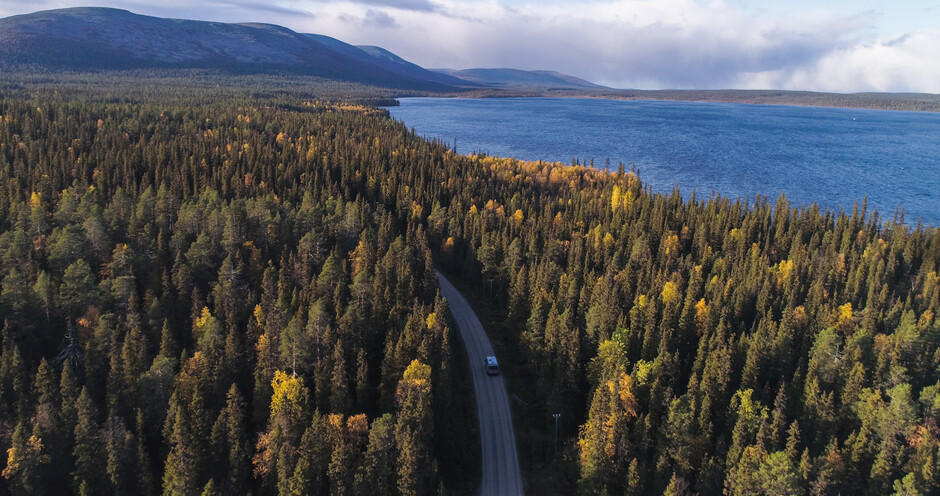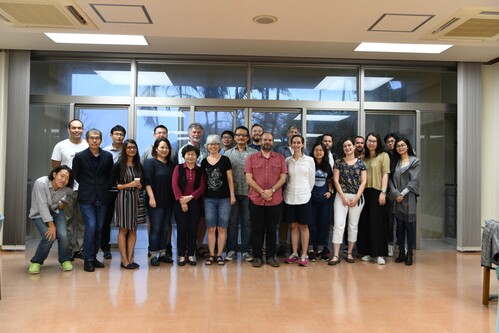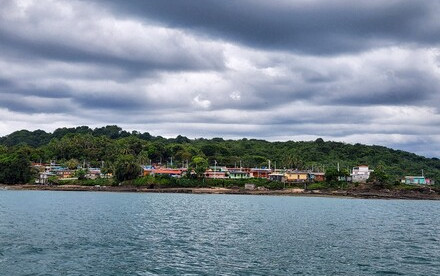04 Jul 2025
Forests Can’t Keep Up: Adaptation Will Lag Behind Climate Change

Forests are struggling to keep up with climate change—action is needed now!
Forests are falling behind in the race against climate change, with new research revealing it takes about 150 years for tree populations to adapt — far too slow to keep pace with today’s rapidly warming world.
Ecologists are concerned that forest ecosystems will not keep pace with a rapidly changing climate and may fail to remain healthy and productive. Before the rapid climate change of the past century, tree populations in the Northern Hemisphere adapted to colder and warmer periods over thousands of years. During the onset of Ice Ages, tree populations migrated south, seeking warmer conditions as global temperatures cooled. Their seeds were dispersed by winds and carried by animals. When the climate warmed again, tree species adapted by migrating north to more suitable conditions. Mature trees are long-lived, and their populations cannot migrate quickly. Current climate change is happening faster than many forests can adapt and thrive, creating a mismatch between the pace of warming and the natural adaptation of forests.
A new study in the journal Science, co-authored by Professor Moriaki YASUHARA of the HKU School of Biological Sciences, highlights that forests have a lag time of one to two centuries to shift tree populations in response to climate change. Led by first author David FASTOVICH, a postdoctoral researcher at Syracuse University, the research aimed to map the timescales at which tree populations respond to climate change, examining pollen data from lake sediment cores spanning up to 600,000 years ago.
David Fastovich led the study exploring how forests react to climate change. ‘We’ve known these time lags have existed, but no one could put a firm number on them,’ says Fastovich. ‘We can intuit how long a tree lives. We can count the rings on a tree and estimate from there. But now we know that after one to two centuries — very close to how long a tree lives on average — entire forest ecosystems begin to turn over as trees die and are replaced in response to climate.’
The research team employed spectral analysis — a statistical technique commonly used in fields such as physics and engineering — to study long-term ecological data. This method allowed the researchers to compare the relationship between tree populations and climate from decades to millennia. One goal was to learn how closely tree population migrations, tree mortality, and forest disturbances, such as those caused by forest fires, match climate changes over time.
Spectral analysis provides a unified statistical approach to understanding how natural forest adaptation evolves over periods ranging from days to thousands of years.The researchers found that at timescales of years and decades, forests typically change slowly. At longer timescales, centuries and millennia, however, forest changes tend to become larger, tied to natural climate variability.
‘With this new technique, we can think about ecological processes on any timescale and how they are connected,’ says Fastovich. ‘We can understand how dispersal and population changes interact and cause a forest to change from decades to centuries and even longer timescales. That hasn’t been done before.’
The research team conducting fieldwork at Lake Tulane, Florida. Using pollen data from ake sediment cores, they tracked how tree populations have responded to climate change over time. Image credit: Syracuse University | Lake sediment from Sheelar Lake, Florida. Image credit: Syracuse University |
This research project originated from a workshop organised by Professor Yasuhara in Okinawa, aimed at bridging the gap between macroscale biology and palaeobiology.
‘These biological and palaeontological fields share similar research interests, but there are substantial gaps, particularly in the time scales they typically study,’ Professor Yasuhara explained. ‘I am thrilled to see this research come to fruition. This paper provides a unified framework that allows biologists, ecologists, palaeontologists, and palaeobiologists to speak the same language when discussing climatic impact and biotic response regardless of time scales, whether over years, centuries, or millennia, and whether focused on living species or fossils.’
The study also suggests that forests will require more human intervention to remain healthy. Assisted migration might be an effective tool. It is the practice of planting warmer-climate trees in traditionally colder locations to help woodlands adapt and flourish despite the warming of their habitats due to climate change. Forest adaptation to climate will be a slow, complex process requiring nuanced, long-term management strategies, Fastovich notes.
‘There’s a mismatch between the timescales at which forests naturally change and what’s happening today with climate change,’ Fastovich says. ‘Population-level changes aren’t going to be fast enough to keep the forests that we care about around. Assisted migration is one tool of many to keep cherished forests around for longer.’

A group photo from the workshop where our research team first came together to discuss the initial concept for this project.
The journal paper, titled Coupled, decoupled, and abrupt responses of vegetation to climate across timescales, can be accessed from here.








